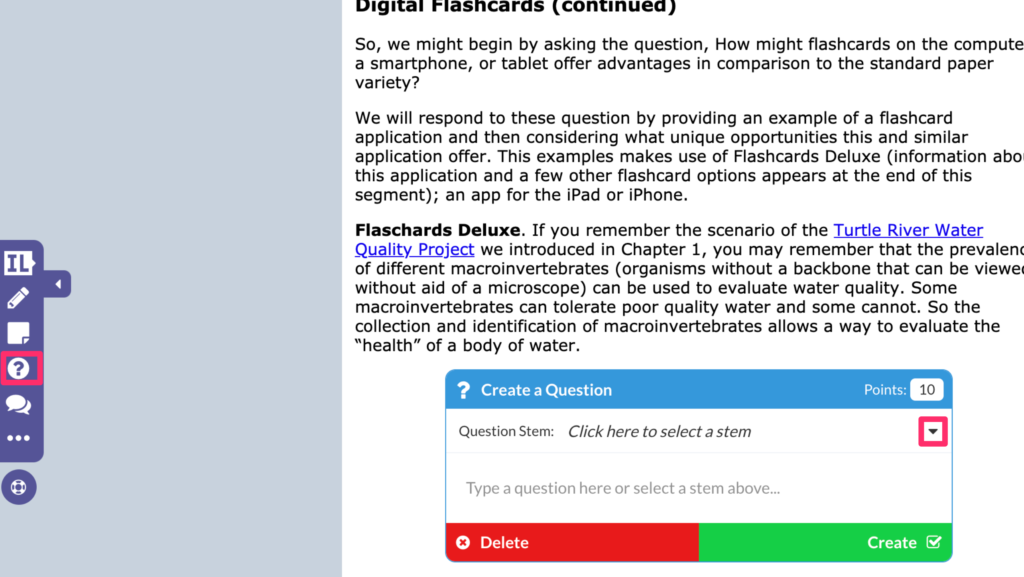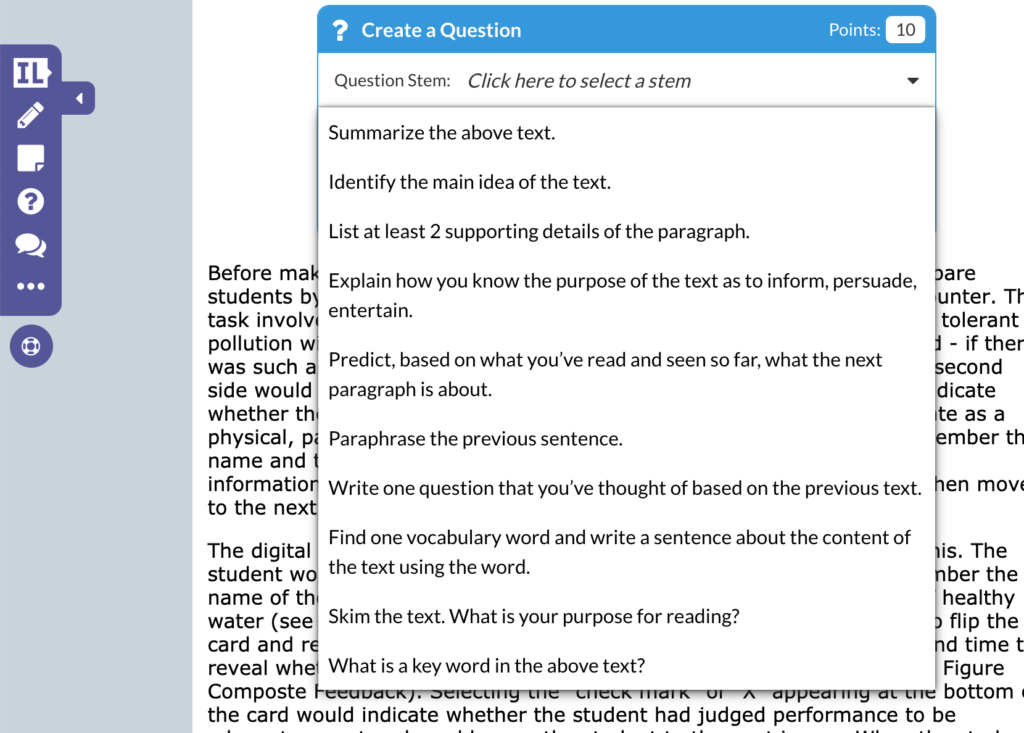I have been assuming that antivirus software need not be added to Chromebooks because of the way a Chromebook “sandboxes” activities limiting what a virus could accomplish. I was surprised to have the following YouTube public service video come up in my Twitter feed. I have since received a more “adult” message from the University of North Dakota recommending the same software.
The antivirus described is Cortex XDR Agent
So, I have been trying to determine my assumptions about Chromebooks may have been misguided. The video does not really provide enough information for me to determine exactly what the vulnerability might be and if it is to the institutions using Chromebooks or to the individual user.
Online searches for viruses and Chromebooks verify my impressions to a point (ChromebookHQ, Malwarebytes – some potential concerns involving extensions, BestAntiVirus – similar concern to Malwarebytes).





You must be logged in to post a comment.